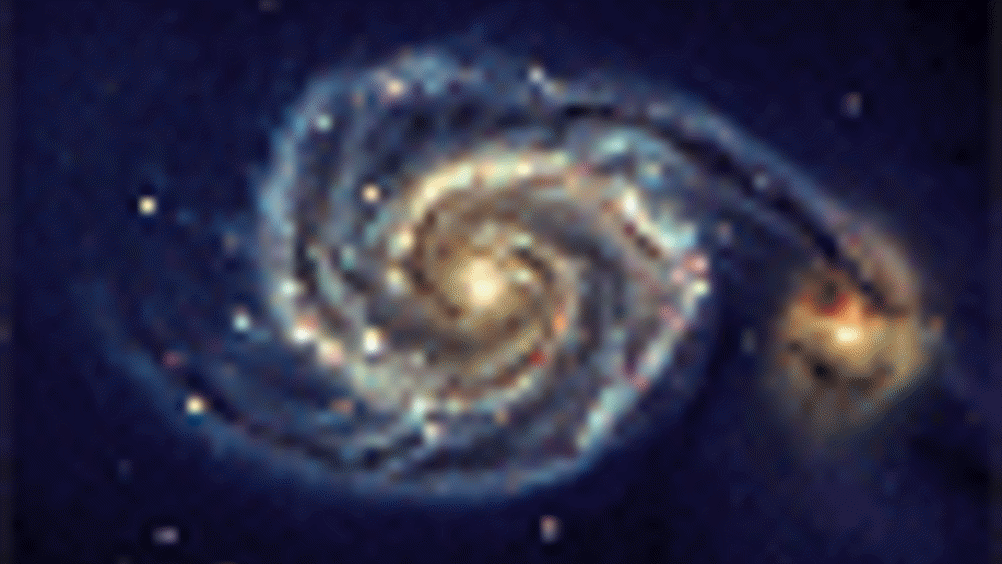Mapping the universe
Manchester University is developing high-speed data crunching technology that will be crucial to the success of a £1.1bn radio telescope.

Manchester University is developing high-speed data crunching technology that will be crucial to the success of one of the greatest scientific projects of the 21st century.
The £1.1bn Square Kilometre Array (SKA) radio telescope will be around 200 times bigger and 100,000 times more powerful than the famous landmark Lovell radio telescope at Jodrell Bank.
The project will allow astronomers to collect information over one million square metres - the equivalent of around 200 football pitches. It will give astronomers the ability to probe the early universe, test Einstein's theory of relativity, learn more about mysterious dark matter and energy - and even search for signs of alien life.
Manchester University is leading the UK's involvement in the SKA's development through a €38m European design study known as SKADS (Square Kilometre Array Design Studies).
Researchers in the schools of Physics and Astronomy and Electrical and Electronic Engineering are working on the technology for an 'aperture array', which will be composed of tens of thousands of small antenna fixed to the ground. The completed SKA will consist of around 250 aperture arrays.
Register now to continue reading
Thanks for visiting The Engineer. You’ve now reached your monthly limit of news stories. Register for free to unlock unlimited access to all of our news coverage, as well as premium content including opinion, in-depth features and special reports.
Benefits of registering
-
In-depth insights and coverage of key emerging trends
-
Unrestricted access to special reports throughout the year
-
Daily technology news delivered straight to your inbox










National Gas receives funding to develop Gravitricity underground hydrogen storage system
One single rock salt mine - Winsford - has 23 <i>MILLION </i>cubic metres of void and even allowing for 10% of that void set aside for hazardous waste...